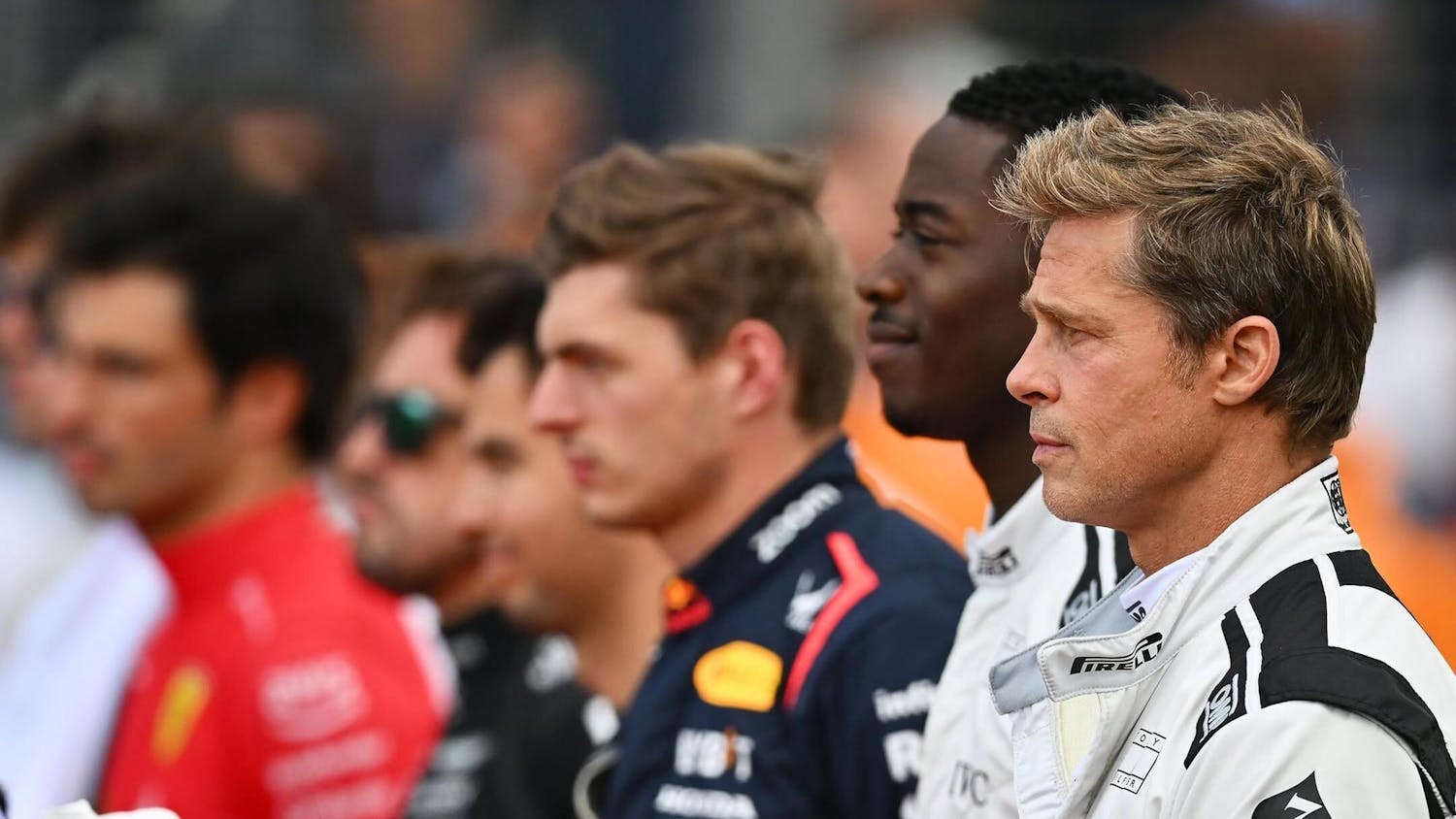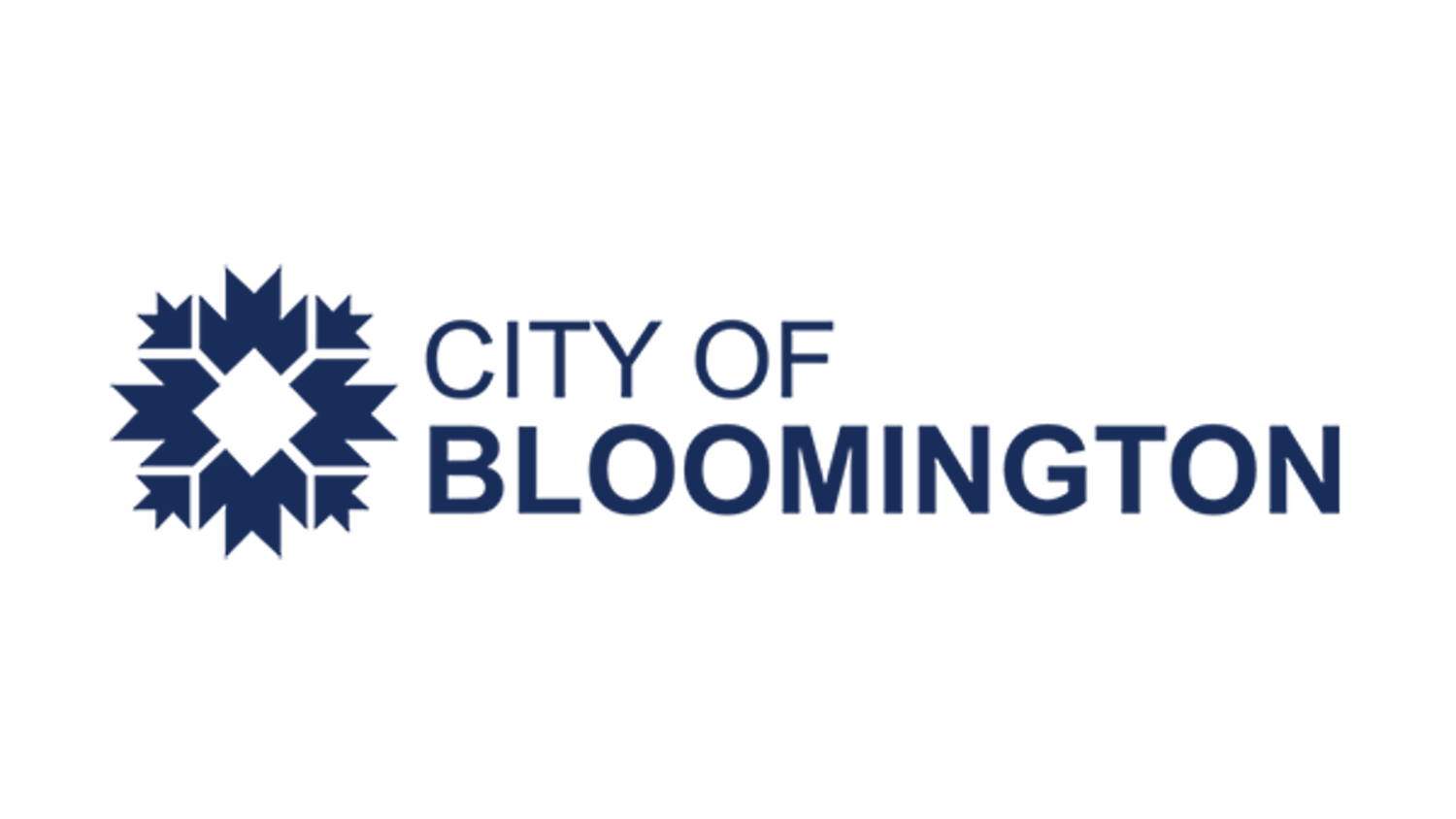When dance comes to mind, many think of freedom, not structure. Finding the process among that freedom was the focus for the lecture demonstration Tuesday by Laura Poole, Gwendolyn Hamm and Liz Shea, who are all professors of modern dance in the Department of Kinesiology. The event, organized by Shea, was just one of many in this year's Artsweek festival, a series of events that highlights the arts from Feb. 10 to Sunday.\n"I thought it would be really wonderful if we did something very informal," Shea said. "People could sit down, relax and bring their lunches while we discuss -- using lecture, demonstration and audio visuals -- the methods we go through to create choreography."\nAll pieces discussed at the lecture were performed at "Joining Forces," this year's spring concert held Jan. 14. The professors' creative process was the topic of discussion, as well as the technical aspects and circumstances.\nPoole began by elaborating on the process she went through to create her piece "The Return." She said she began with an abstract idea of the emotion she wanted to create and then began looking at musical possibilities.\n"I've always been pretty intellectual," she said. "But in this case I had the luxury of having a composer so that I could tell him what I wanted." \nComposer James Holt wrote the score "Nostos-Algea" specifically for Poole's choreography.\n"He made this wonderful music to match the emotions I hoped to create," she said, "which I then used to further my inspiration into creating movement to match."\nPoole said by working with the composer personally, she was able to conceptualize new ideas for the dancers.\n"Certain ideas don't come to me without the music," she said. \nThe second section of the music involves anger and fighting. Poole said she created the role of the observer alienated from the crowd after being inspired by the music.\n"Without that section of music," she said, "I doubt I would have ever seen it from the observer's viewpoint."\nHamm presented a different process for creating a dance piece, titled "Invention." She began with the music first and created the dance second. \nHamm said she uses a process she called "structured improvisation" to generate movement ideas for the dancers. \n"We take a movement and change the direction or pace at which it moves, resulting in a similar, yet refined motion," she said. \nHamm said a reoccurring theme throughout the piece was the presence of percussion. \n"(Percussion) was the heartbeat," she said. "It kept everything else going."\nRetrograde was a technique used in the last section of the piece, Hamm said. This is where the segment is performed from start to finish, then the dancer retraces the motion.\n"It was one of my favorite sections," she said, "mostly because the rhythms repeated and the visual elements came together so nicely in the end."\nShea represented another possibility for choreographers: working with a composer on a music selection that has already been created. She collaborated with composer Cary Boyce to create her piece "Infinite Streams, Layered Dreams." She said the piece uses a layering of sound, dancers and visual effects photos to create a fantasy. \nBoyce and Shea met at a function where Shea said Boyce expressed his desire to have the piece "Nightshade" choreographed.\n"I listened to it and fell in love with it right away," she said. "So we set to making it a reality."\nShea worked with dance student Ricardo Alvarez on the digital imaging and visual effects used for the piece. Alvarez said he used black and white footage of the dancers, slowed to just below real time, to create the appearance of a dream-like state.\n"Introducing imagery establishes a different flow of thoughts in the viewer's mind than just watching the dancers perform alone," he said.\nShea said her goal for the event was to create an appreciation for choreography that she doesn't currently see in the community.\n"A lot of people don't realize that there is a process behind all this," she said. "We aren't just running around without a plan, and I wanted people to see the structure among what sometimes seems like chaos." \n-- Contact Staff Writer Lynndi Lockenour llockeno@indiana.edu.
Dance unraveled by faculty
Choreographers of 'Joining Forces' divulge their secrets
Get stories like this in your inbox
Subscribe





